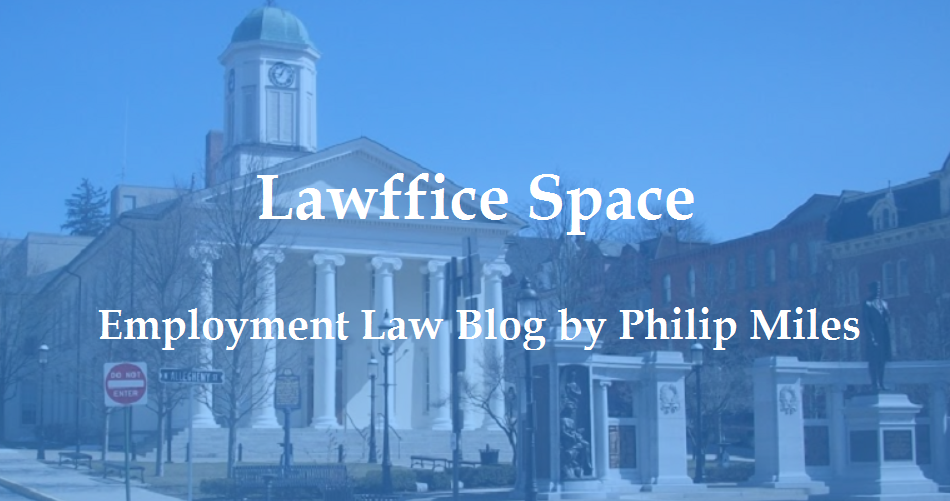Can a Public Agency Supervisor be Individually Liable Under the FMLA?
The Third Circuit started with number two. The FMLA defines "employer" to include "any person who acts, directly or indirectly, in the interest of an employer to any of the employees of such employer." The definition also includes "any public agency." So, can we mix those two as a combo deal (i.e. an individual "person" and a "public agency"), to hold a supervisor at a public agency individually liable under the FMLA?
Third Circuit says . . . YES! The Sixth and Eleventh Circuits have already said NO. The Fifth and Eighth, and now the Third, have all said YES (I guess that makes it the "majority view"?). It's a pretty big Circuit split on a fairly common issue so this could make a good Supreme Court case one day.
When is a Supervisor an "Employer" who can be Individually Liable Under the FMLA?
The Court really provided some nice guidance here:
[A]n individual is subject to FMLA liability when he or she exercises "supervisory authority over the complaining employee and was responsible in whole or part for the alleged violation" while acting in the employer's interest.And, they lifted some helpful language from a Fifth Circuit FLSA opinion on the issue:
[A]n individual supervisor has adequate authority over the complaining employee when the supervisor “independently exercise[s] control over the work situation."Lawyers, you can also score bonus points by dropping in the legalese-tastic catch phrases: "totality of the circumstances" and the "economic reality" of the employment situation. Finally, the Court also noted some specific relevant factors from the Second Circuit:
(1) had the power to hire and fire the employee; (2) supervised and controlled employee work schedules or conditions of employment; (3) determined the rate and method of payment; and (4) maintained employment records.The Third Circuit sent the case back down to the district court for further proceedings.
For additional analysis, check out:
- Molly DiBianca's 3d Cir. Finds Individual Supervisor Liable Under FMLA;
- Eric Meyer's Ouch, that hurts! Supervisors may be liable for FMLA violations; and
- Judy Greenwald's Supervisor can be Held Liable for Violations of FMLA.


No comments:
Post a Comment